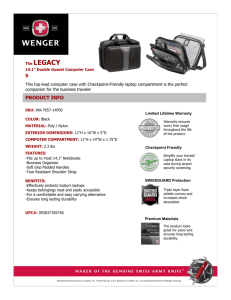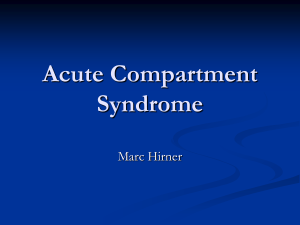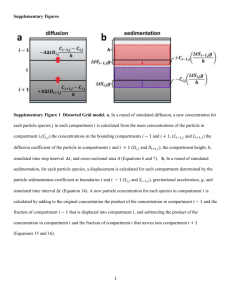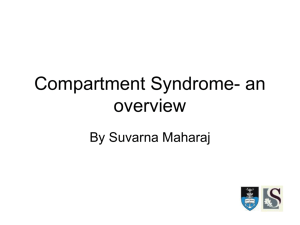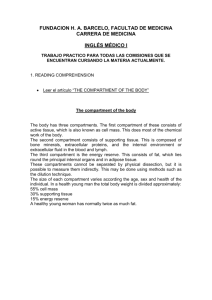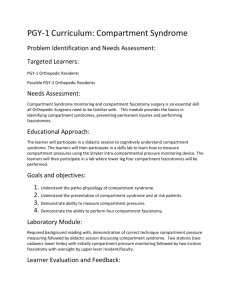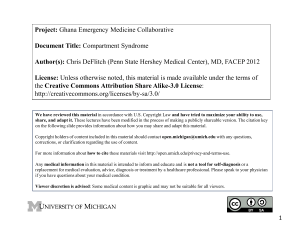Transmitted by the experts from France, Germany, Norway
advertisement
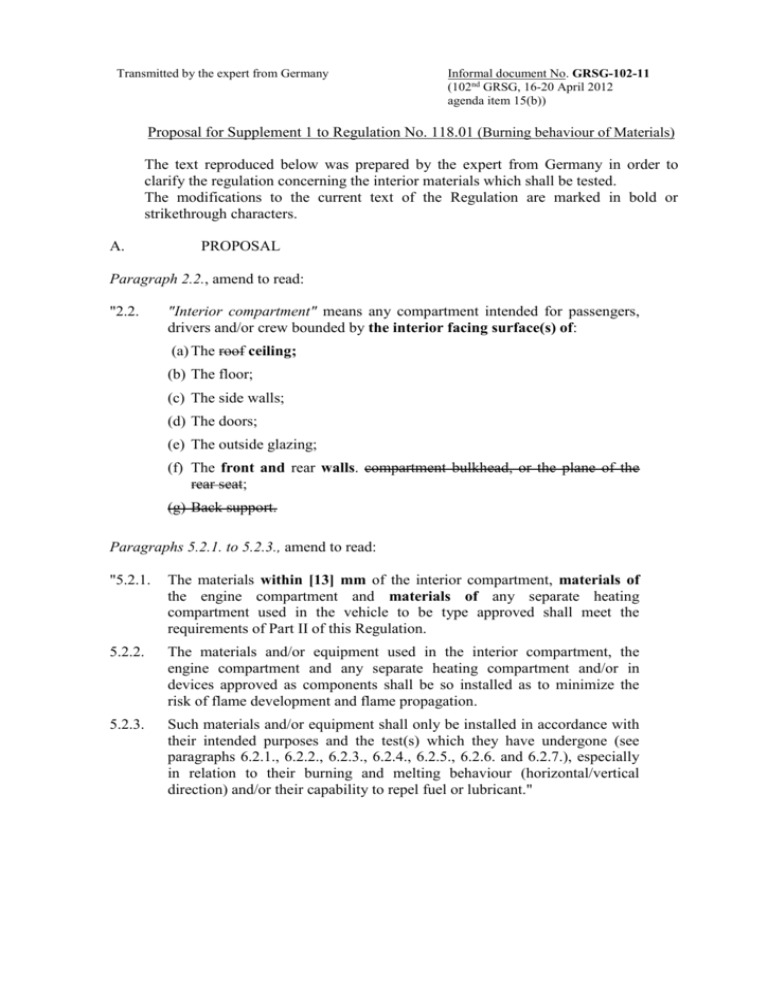
Transmitted by the expert from Germany Informal document No. GRSG-102-11 (102nd GRSG, 16-20 April 2012 agenda item 15(b)) Proposal for Supplement 1 to Regulation No. 118.01 (Burning behaviour of Materials) The text reproduced below was prepared by the expert from Germany in order to clarify the regulation concerning the interior materials which shall be tested. The modifications to the current text of the Regulation are marked in bold or strikethrough characters. A. PROPOSAL Paragraph 2.2., amend to read: "2.2. "Interior compartment" means any compartment intended for passengers, drivers and/or crew bounded by the interior facing surface(s) of: (a) The roof ceiling; (b) The floor; (c) The side walls; (d) The doors; (e) The outside glazing; (f) The front and rear walls. compartment bulkhead, or the plane of the rear seat; (g) Back support. Paragraphs 5.2.1. to 5.2.3., amend to read: "5.2.1. The materials within [13] mm of the interior compartment, materials of the engine compartment and materials of any separate heating compartment used in the vehicle to be type approved shall meet the requirements of Part II of this Regulation. 5.2.2. The materials and/or equipment used in the interior compartment, the engine compartment and any separate heating compartment and/or in devices approved as components shall be so installed as to minimize the risk of flame development and flame propagation. 5.2.3. Such materials and/or equipment shall only be installed in accordance with their intended purposes and the test(s) which they have undergone (see paragraphs 6.2.1., 6.2.2., 6.2.3., 6.2.4., 6.2.5., 6.2.6. and 6.2.7.), especially in relation to their burning and melting behaviour (horizontal/vertical direction) and/or their capability to repel fuel or lubricant." B. JUSTIFICATION When applying the text of the first series of amendments of UNECE R 118 it became evident that the current wording regarding the interior materials which need to be tested is open to misinterpretations. Consulting with several technical services also concluded in the need for an adaptation. Research showed that the definition used in the Federal Motor Vehicle Standard 302 of the Unites States of America (any material or component which is within 13 mm of the interior compartment air space shall meet the requirements) offers a more appropriate wording, which therefore is introduced by the above written proposal. 2

